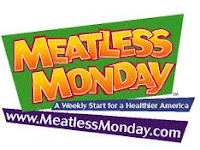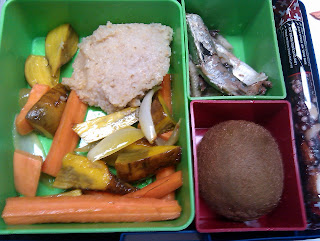My post about breakfast in the classroom resonated with a lot of people, but not in the way I expected. Some readers commented that they couldn’t believe that parents can’t feed their child before school. Here’s one excerpted comment…
I don’t really agree with the state feeding children all their meals. This is the responsibility of the parents. Parents can’t hack it? Then these kids should be living with someone who can. -Anonymous
Thank you for adding your voice to this discussion. I don’t mean to repost the comment to single the person out but it use it as an example how we all feel sometimes. I’ve blogged about my dad’s view of the school lunch program, which is similar to this commenter’s.
In our country, 46.3 million people live in poverty, the largest number in 51 years. So yeah, I feel overwhelmed too. There is so much need.
Recently, I attended and spoke at Mom Congress. I think I owe you a recap post… But anyway, one of the amazing people who spoke was Mark Shriver, Vice President and Managing Director of U.S. Programs for Save the Children. He said something very profound in reference to the old adage, “Pull yourself up by your bootstraps.”
“Three year olds don’t have bootstraps.”
Every day I’m reminded that my students’ lives exist in only two places: home and school. Many if my students only visit museums, zoos, farms, fire stations, etc on field trips. If home is poorly enriched and school is too, that’s it. If they don’t get fed in school, they don’t get fed. Education is their bootstrap.
























